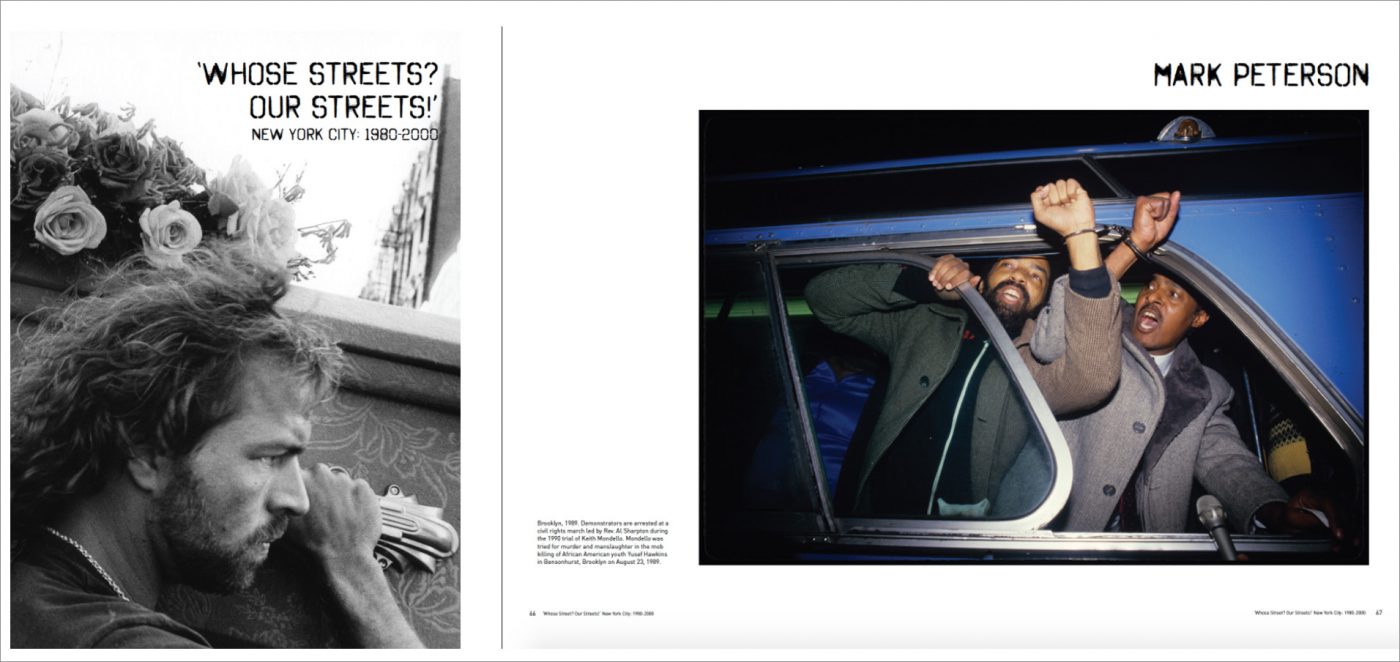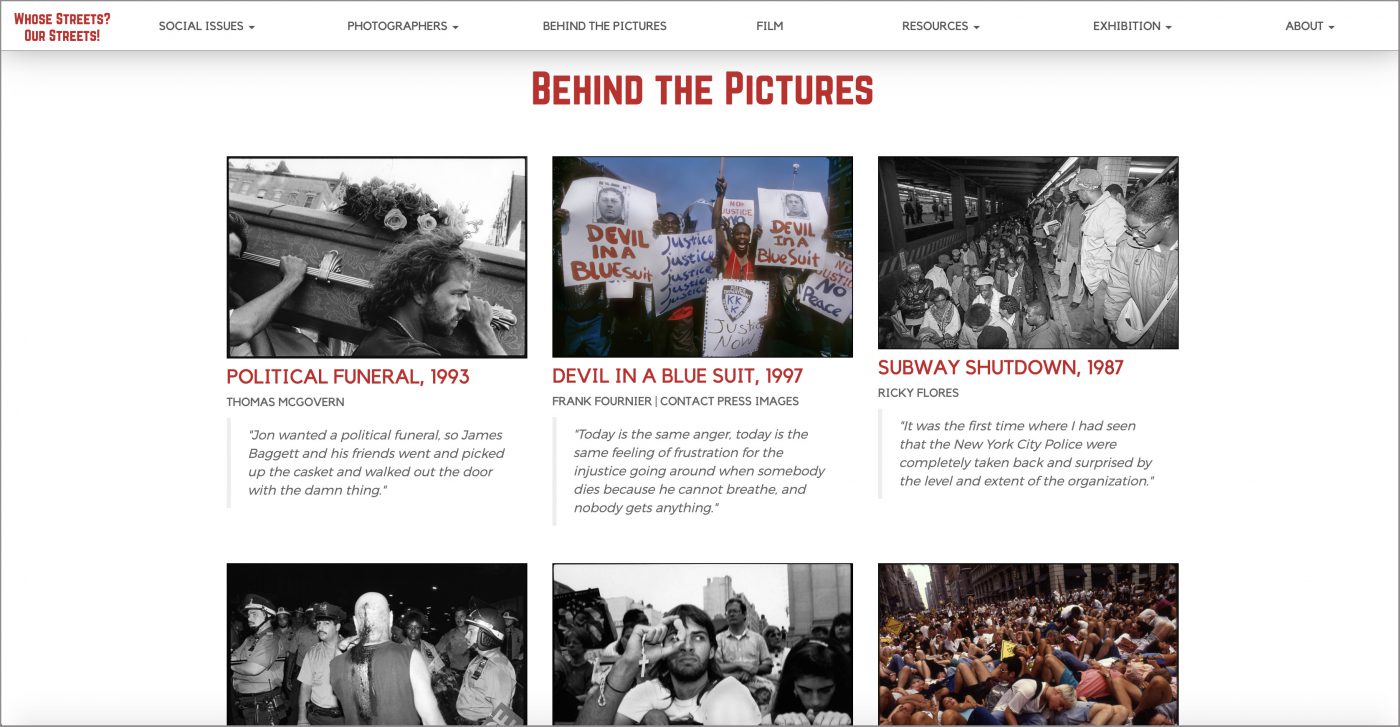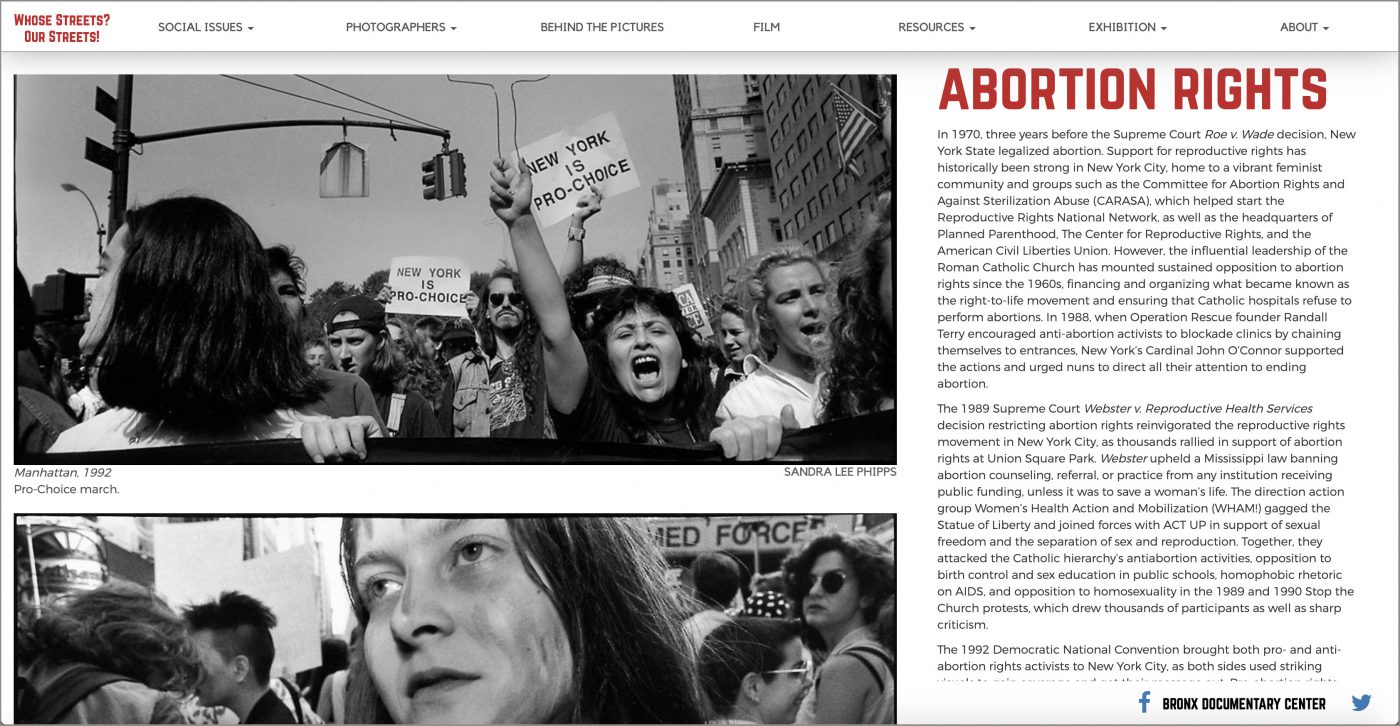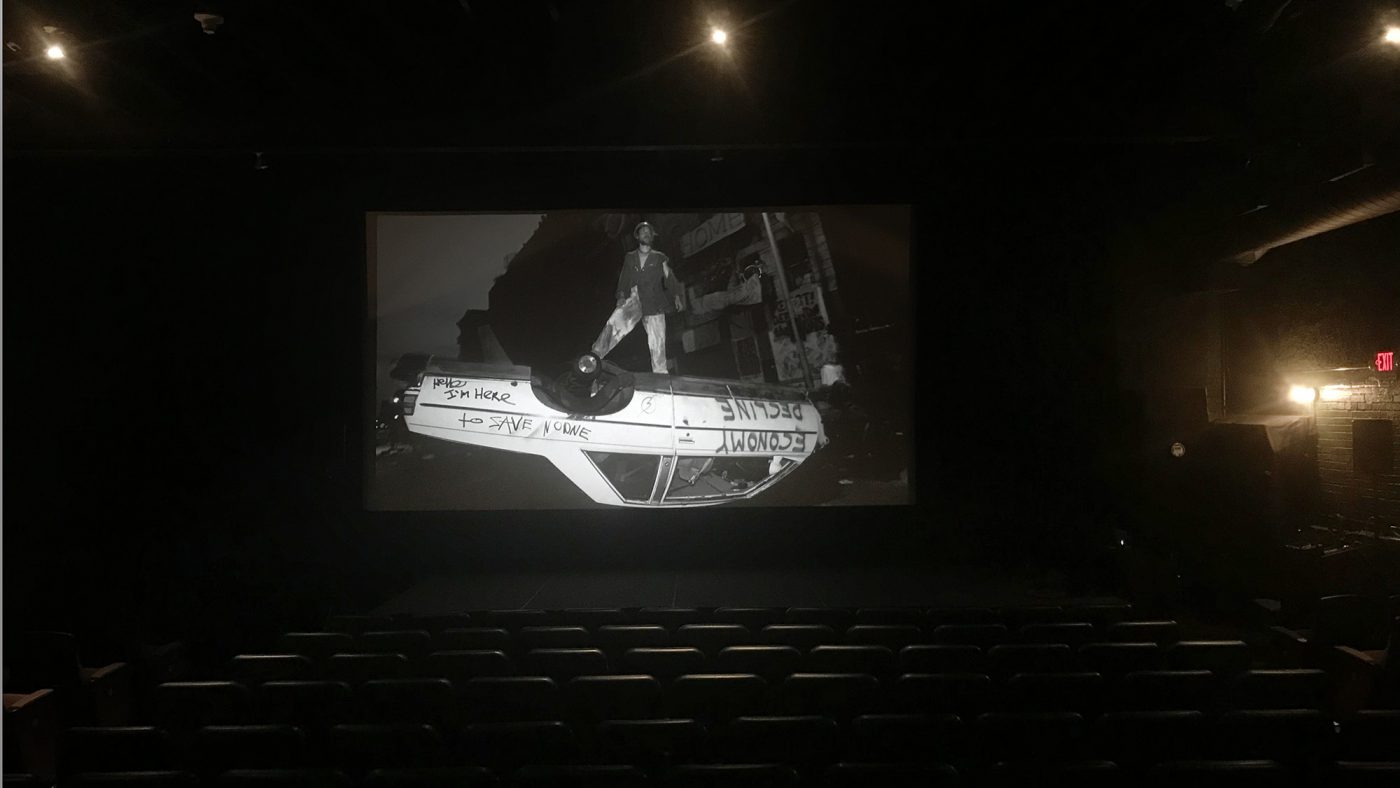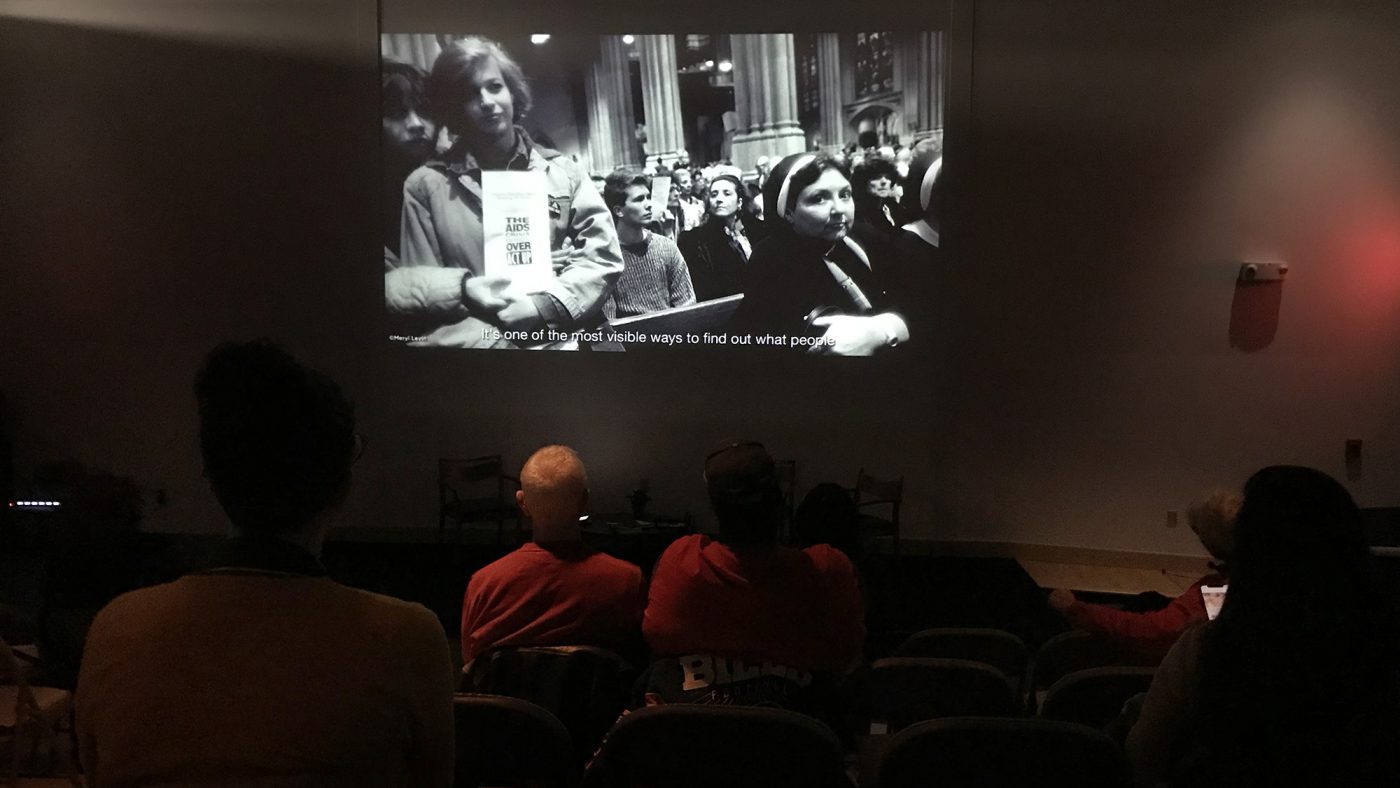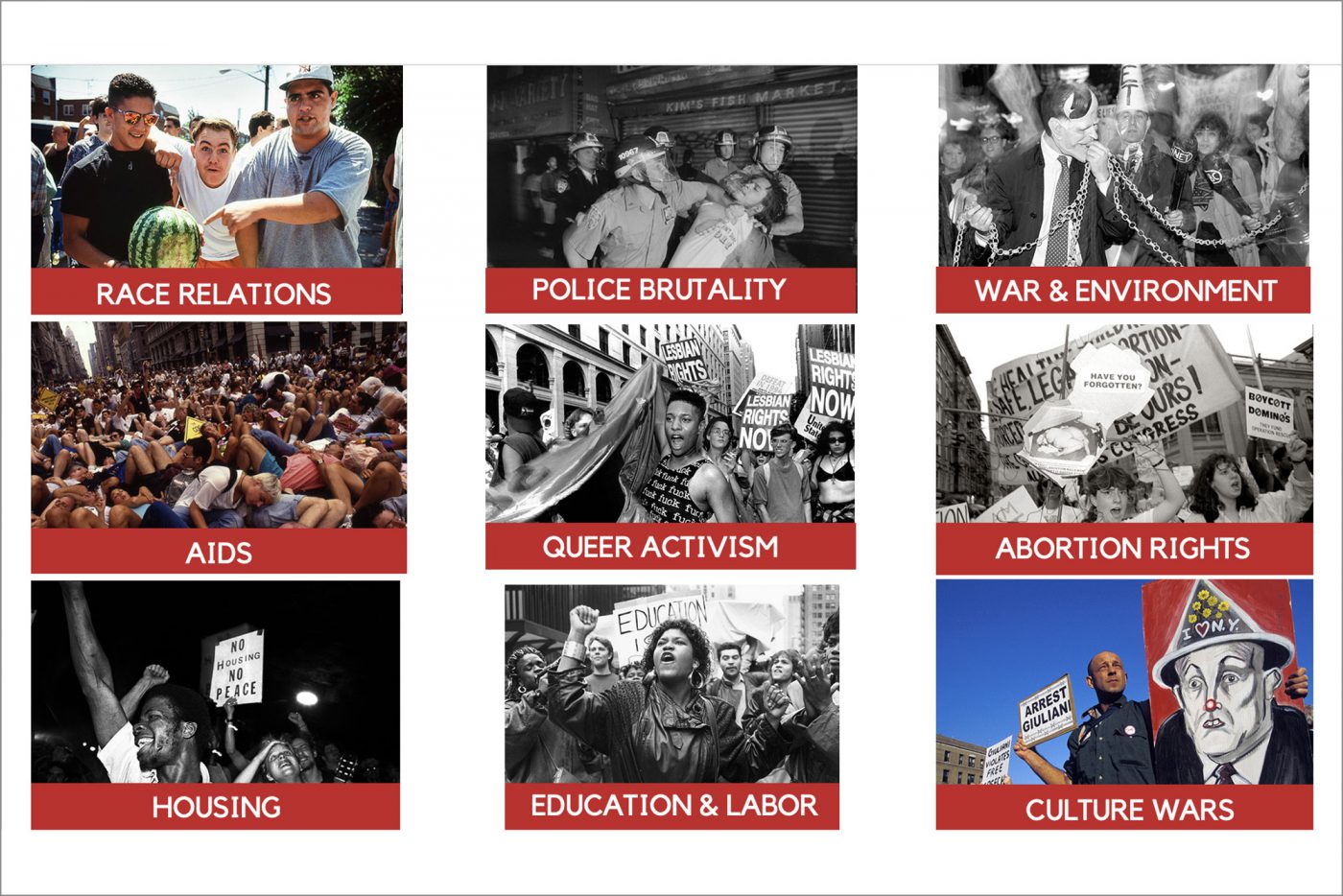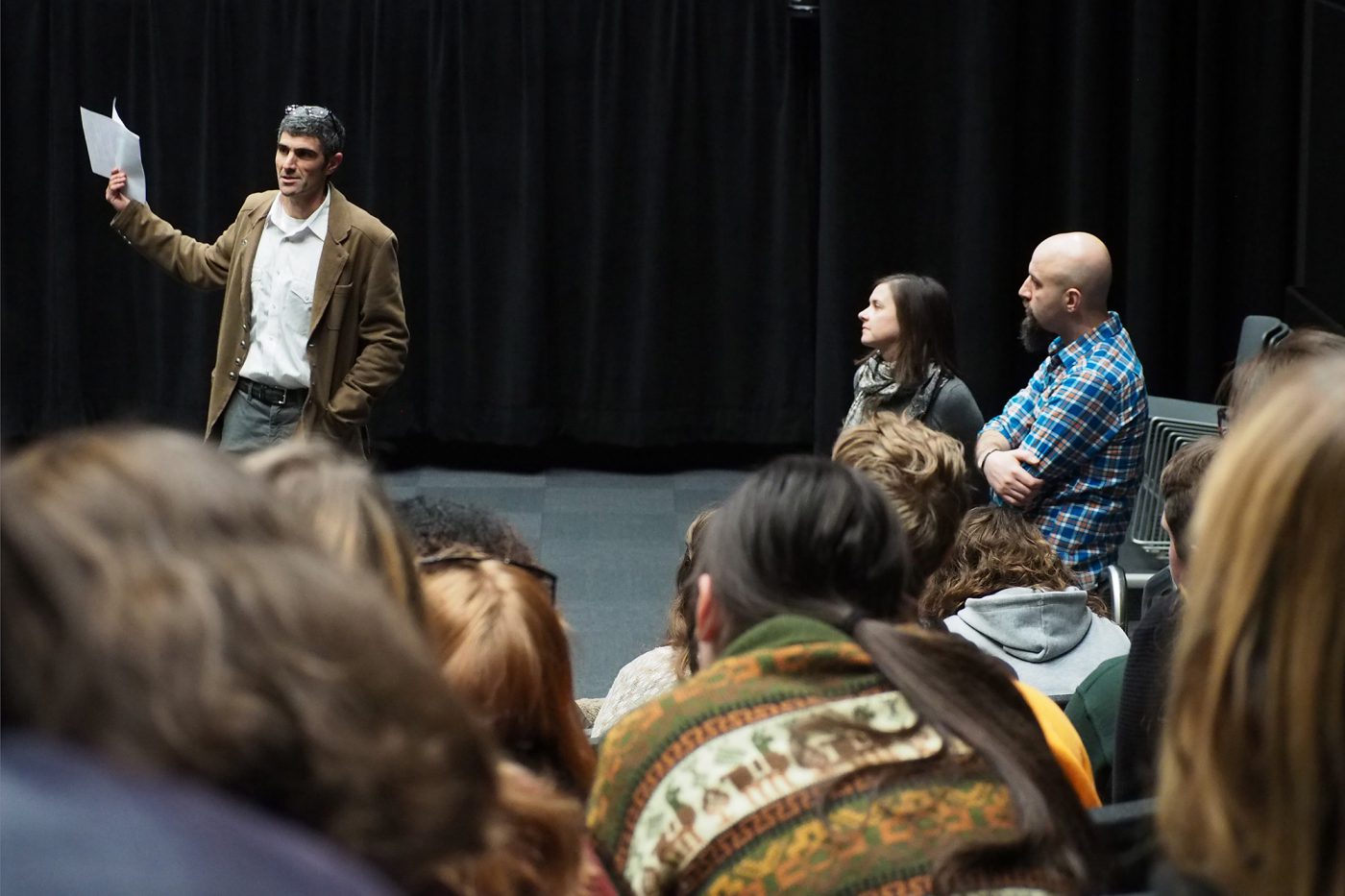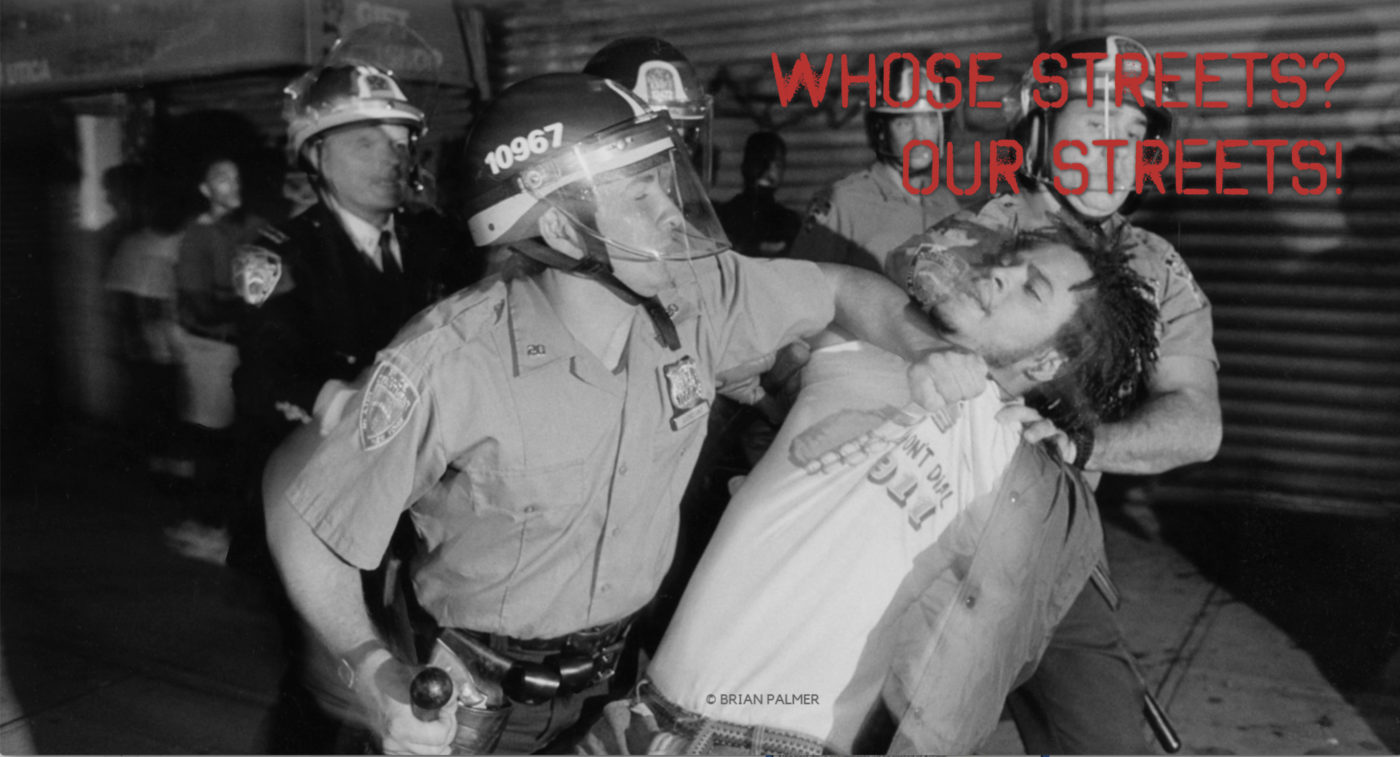
ROLES: Gallery Exhibition Co-curator, Website Design & Development, Film Interviews, Editing & Production, Experimental 360° Filming, Academic Presentations and Writing
“WHOSE STREETS? OUR STREETS!”:
NYC 1980-2000
New York’s streets were turbulent in the 1980s and 1990s, as residents marched, demonstrated, and rioted in response to social changes in their city as well as national and international developments. The profoundly unequal economic recovery of the 1980s, dependent upon investment banking and high-end real estate development, led to heated contests over space and city services, as housing activists opposed gentrification and called attention to the plight of thousands of homeless New Yorkers. Immigration made New York City much more diverse, but a significant proportion of white New Yorkers opposed civil rights and acted to maintain racial segregation.
A cohort of photographers, born between 1950 and 1970, committed themselves to document these struggles for social change as they unfolded. Progressive and independent, some published their work in The Village Voice, the nation’s first alternative newsweekly, and some joined the cooperative photo agency Impact Visuals, dedicated to social documentary photography. Collectively, their photographs, which have never before been exhibited together, chronicle New York’s history from 1980-2000.
For this multifaceted collaborative project, I served a number of roles including building the website, co-curating three gallery exhibitions and producing a short film from my interviews with the photographers.
GALLERY EXHIBITIONS
Bronx Documentary Center – New York, NY (2017)
Co-curated with Tamar Carroll, Meg Handler and Mike Kamber, the gallery exhibit first appeared at the internationally renowned documentary center, Bronx Documentary Center in New York City. This exhibit and catalog were supported by grants from the National Endowment for the Arts, the New York Council on the Arts and The City of New York Department of Cultural Affairs. The exhibit was featured in more than 50 publications, including The New York Times, The Guardian, The Huffington Post, Art in America, The Atlantic and The Village Voice.
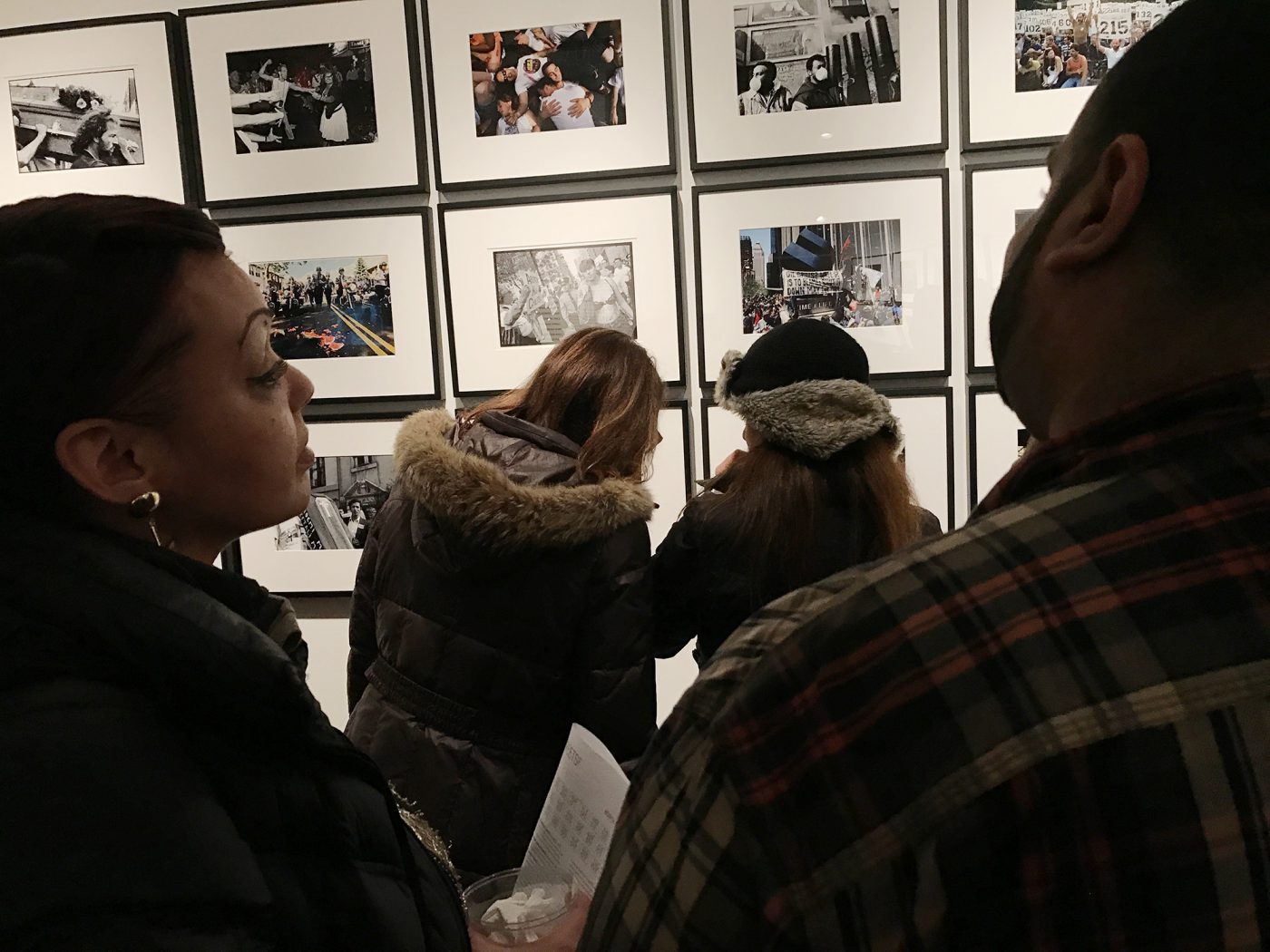
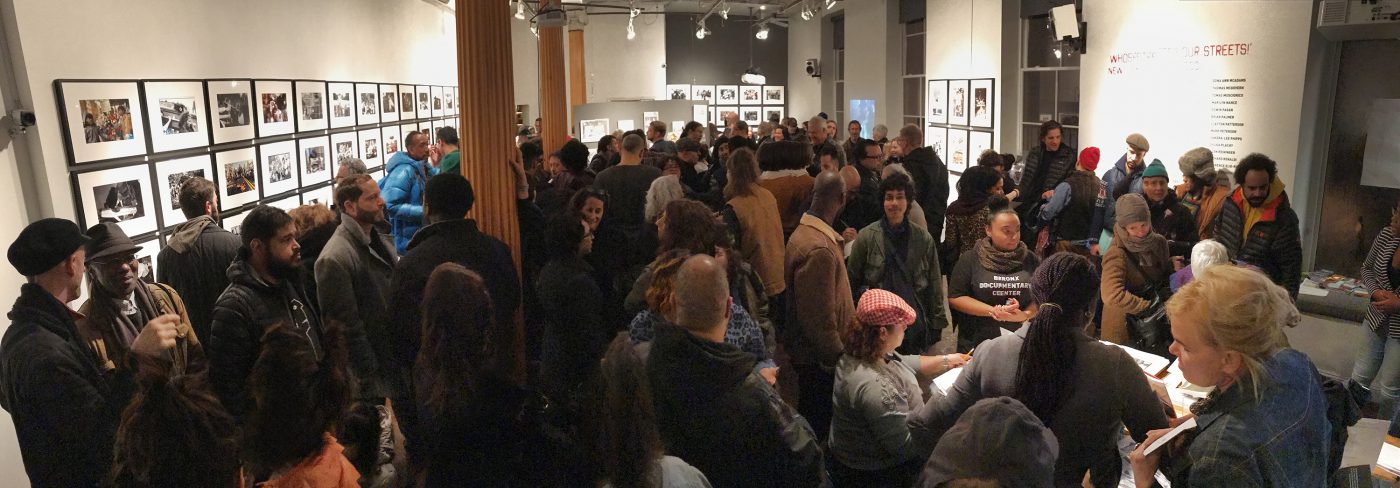
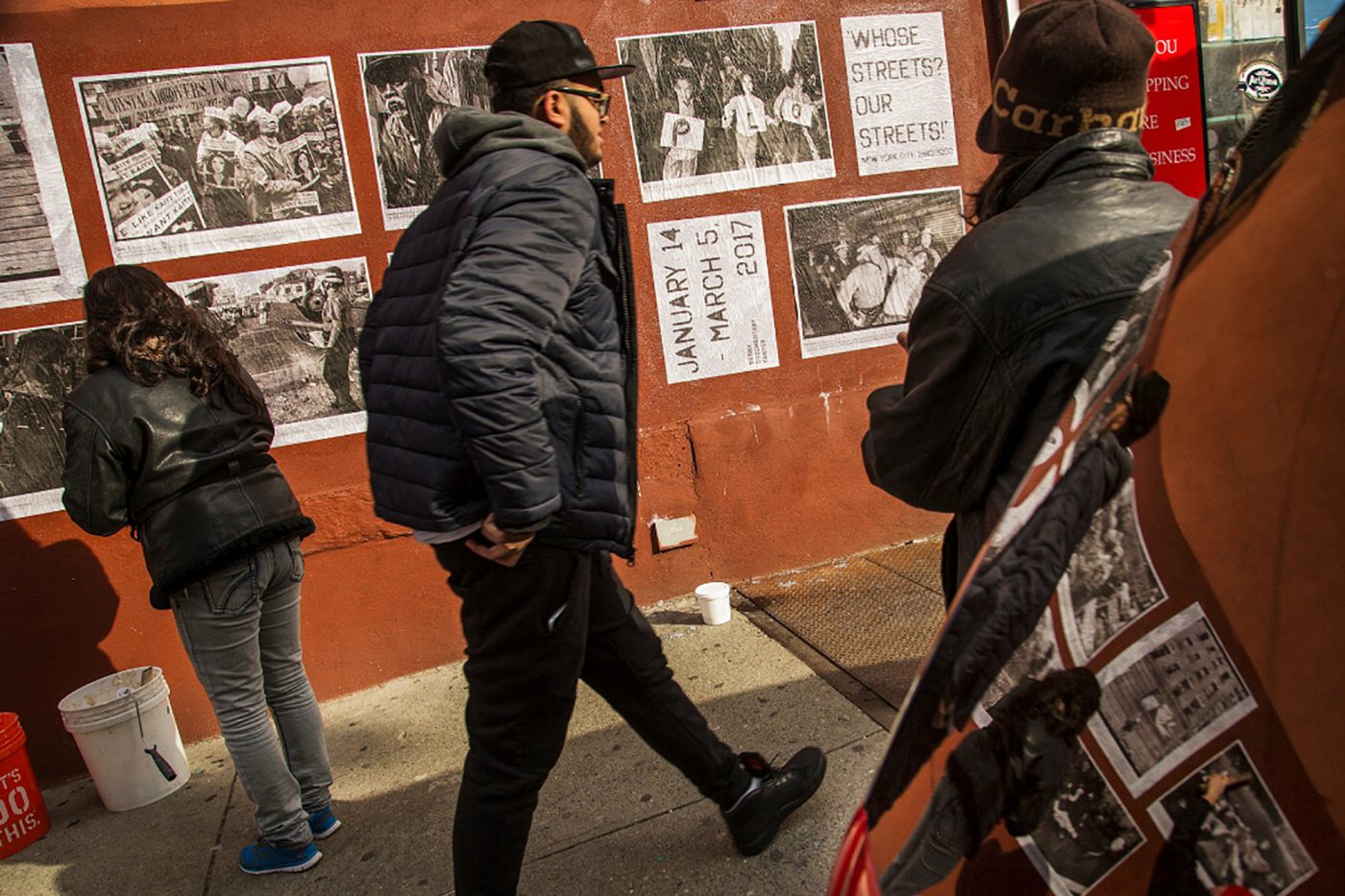
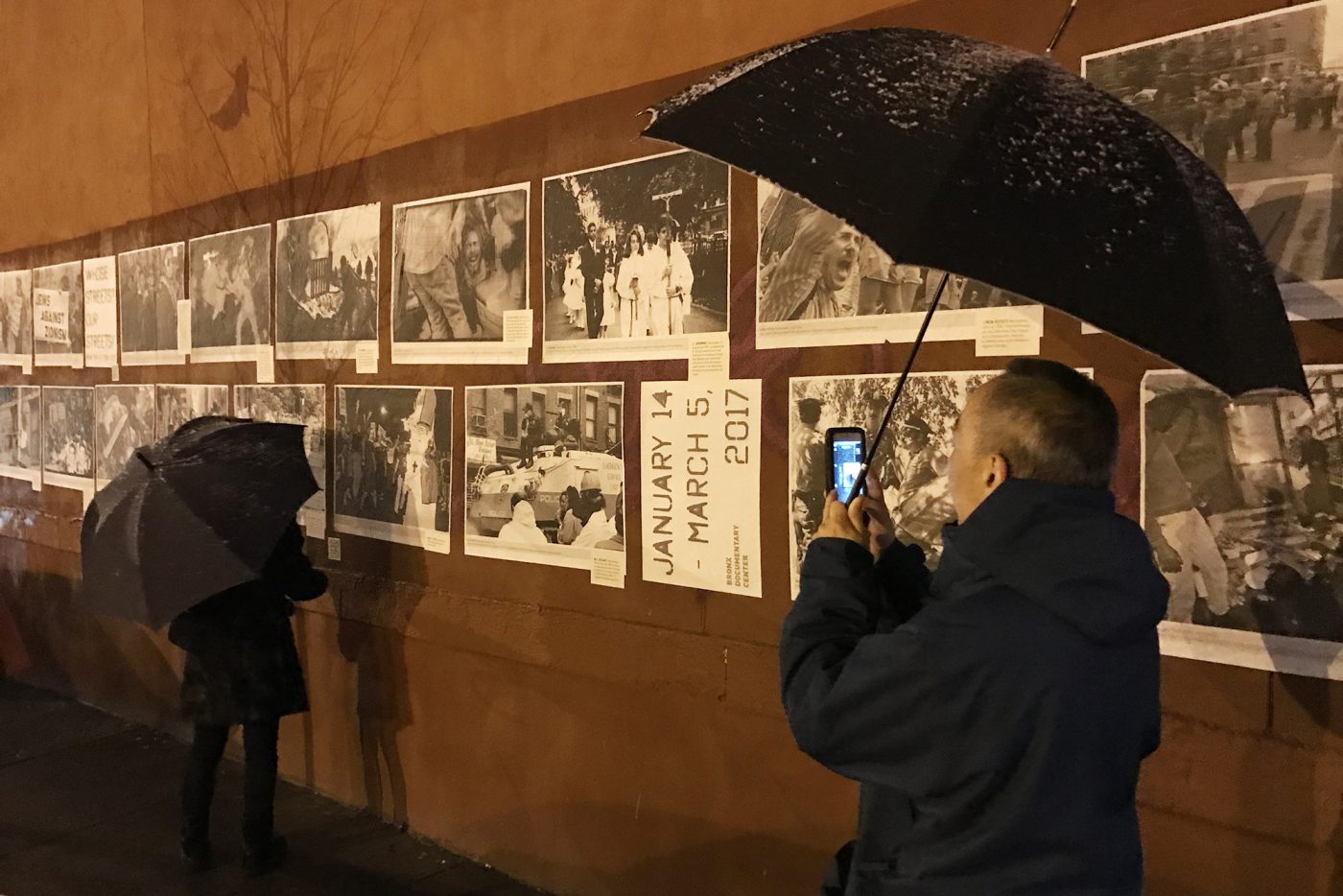
William Harris Gallery, RIT – Rochester, NY (2018)
After the success of the NYC show, I brought “Whose Streets? Our Streets!” to Rochester Institute of Technology with my co-curators. We expanded the size of the show with more physical space and larger images, and continued the wheat pasting display of image on two campus building exteriors.
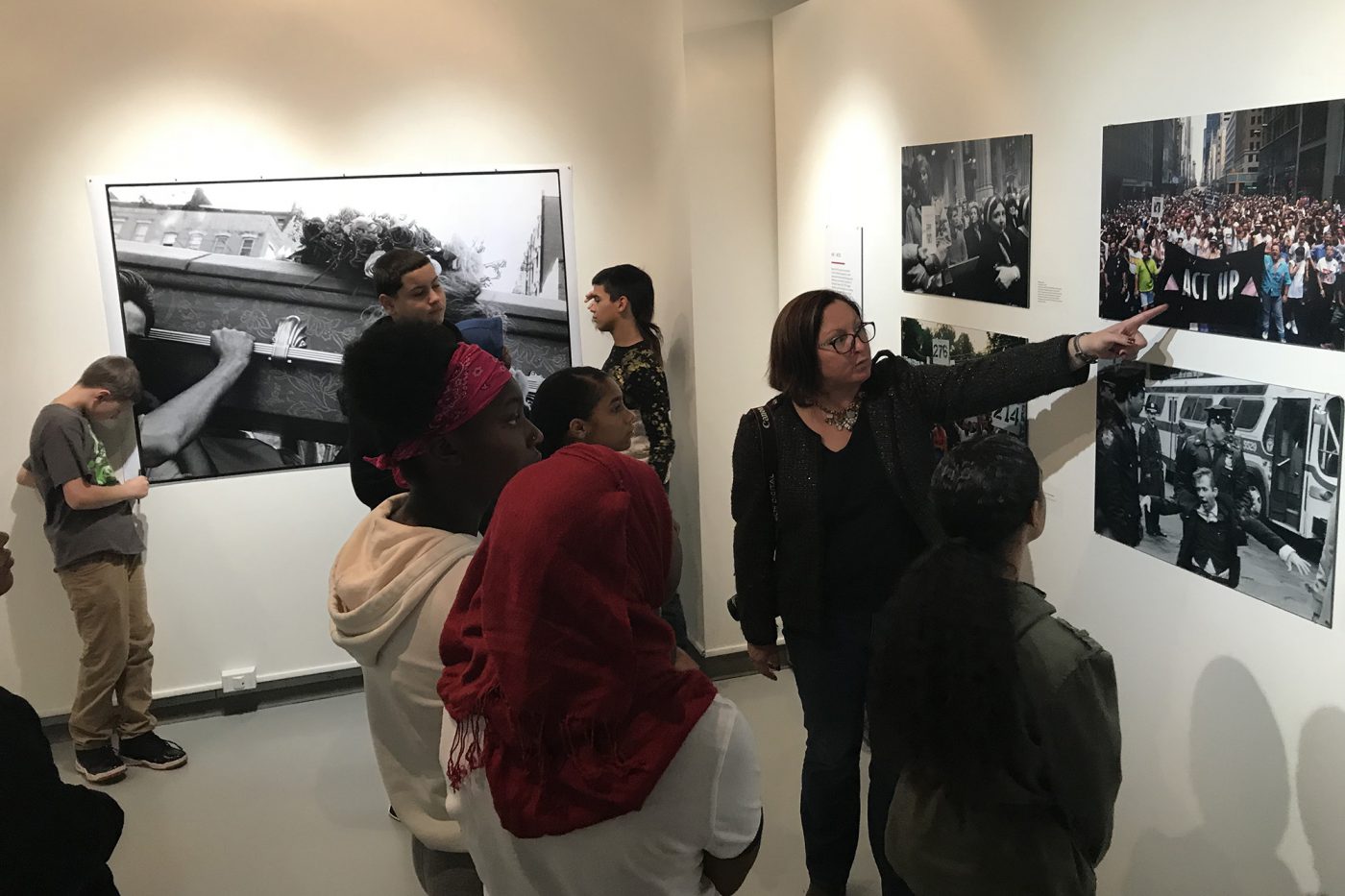
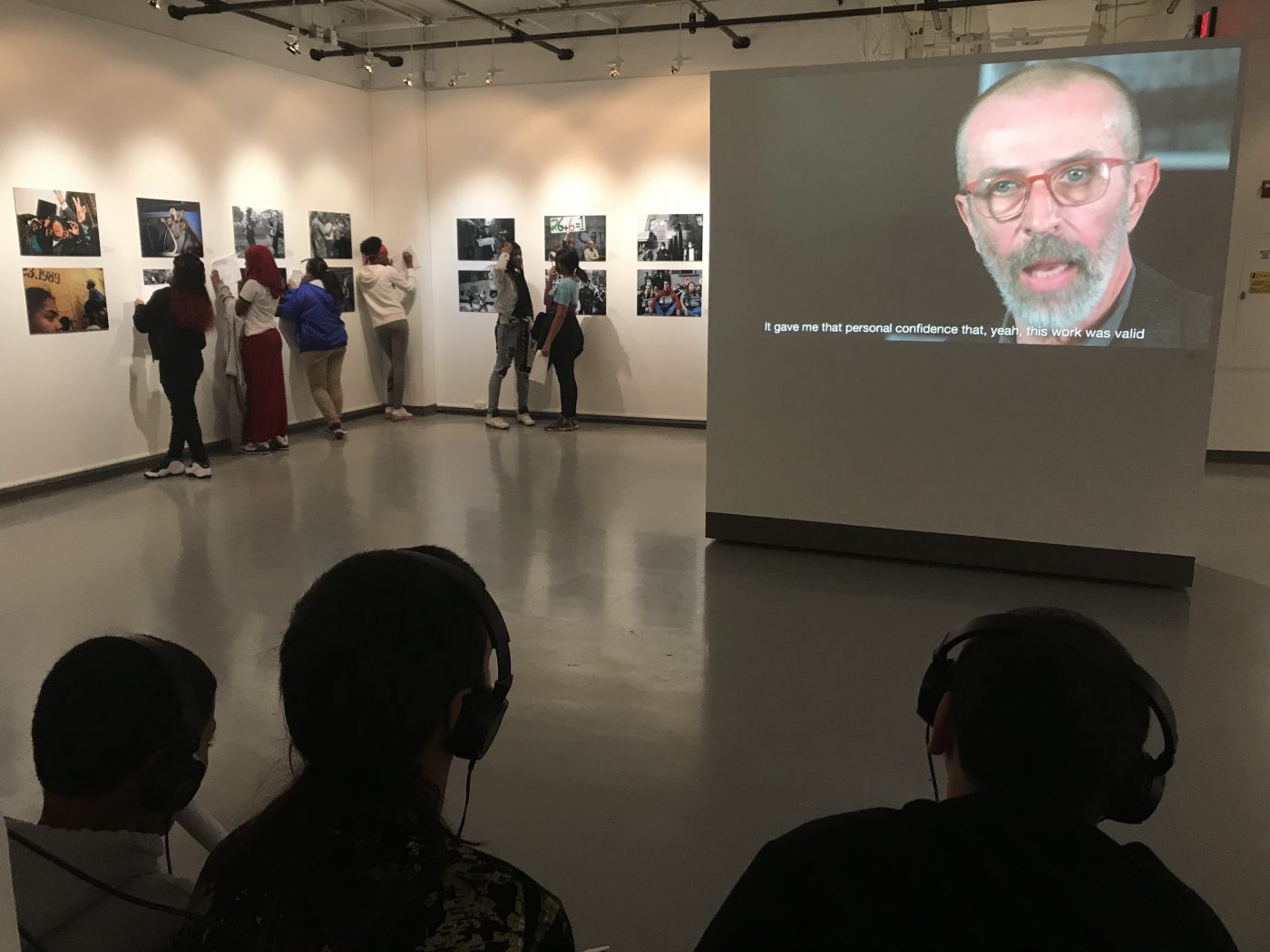
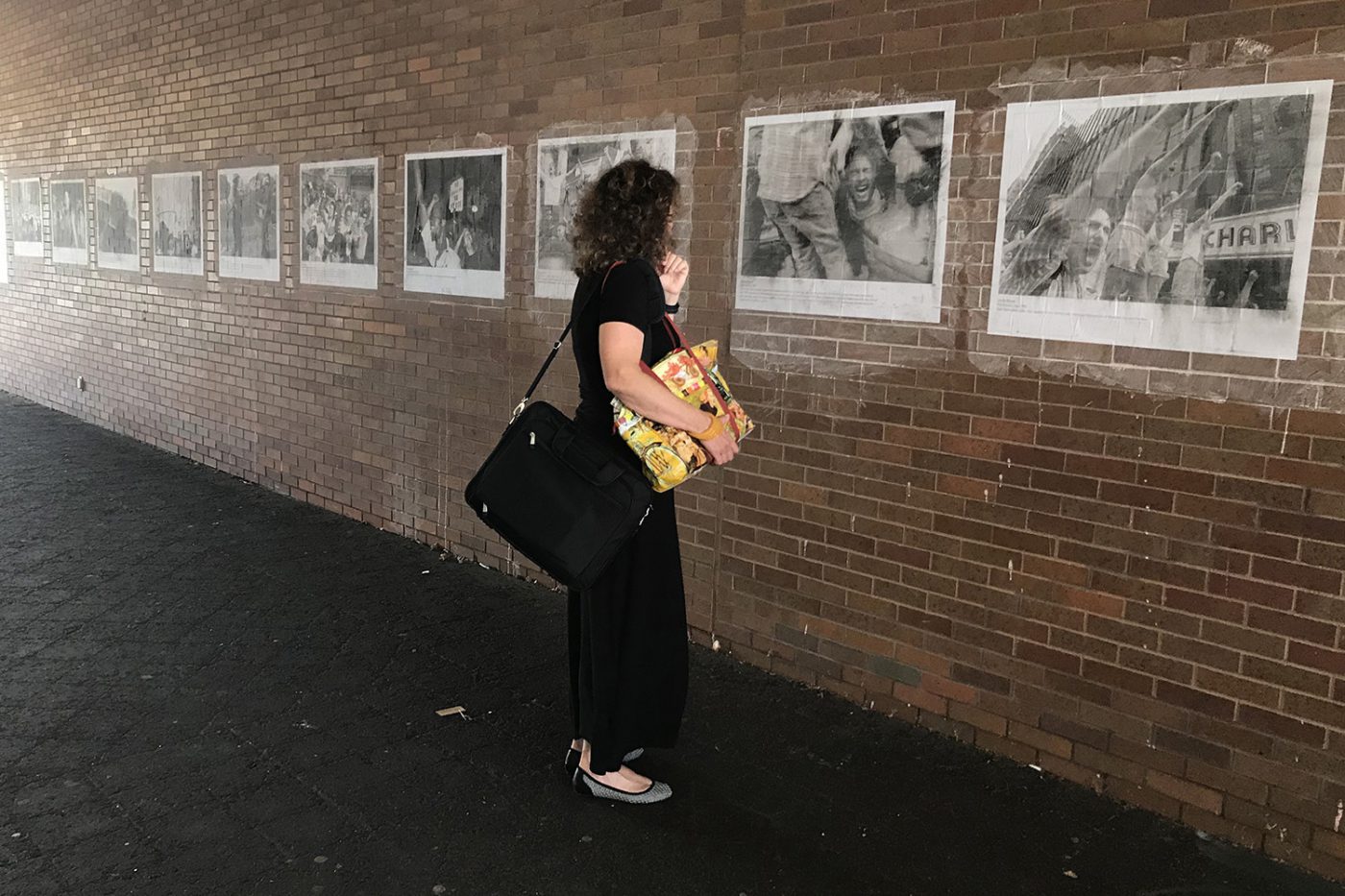
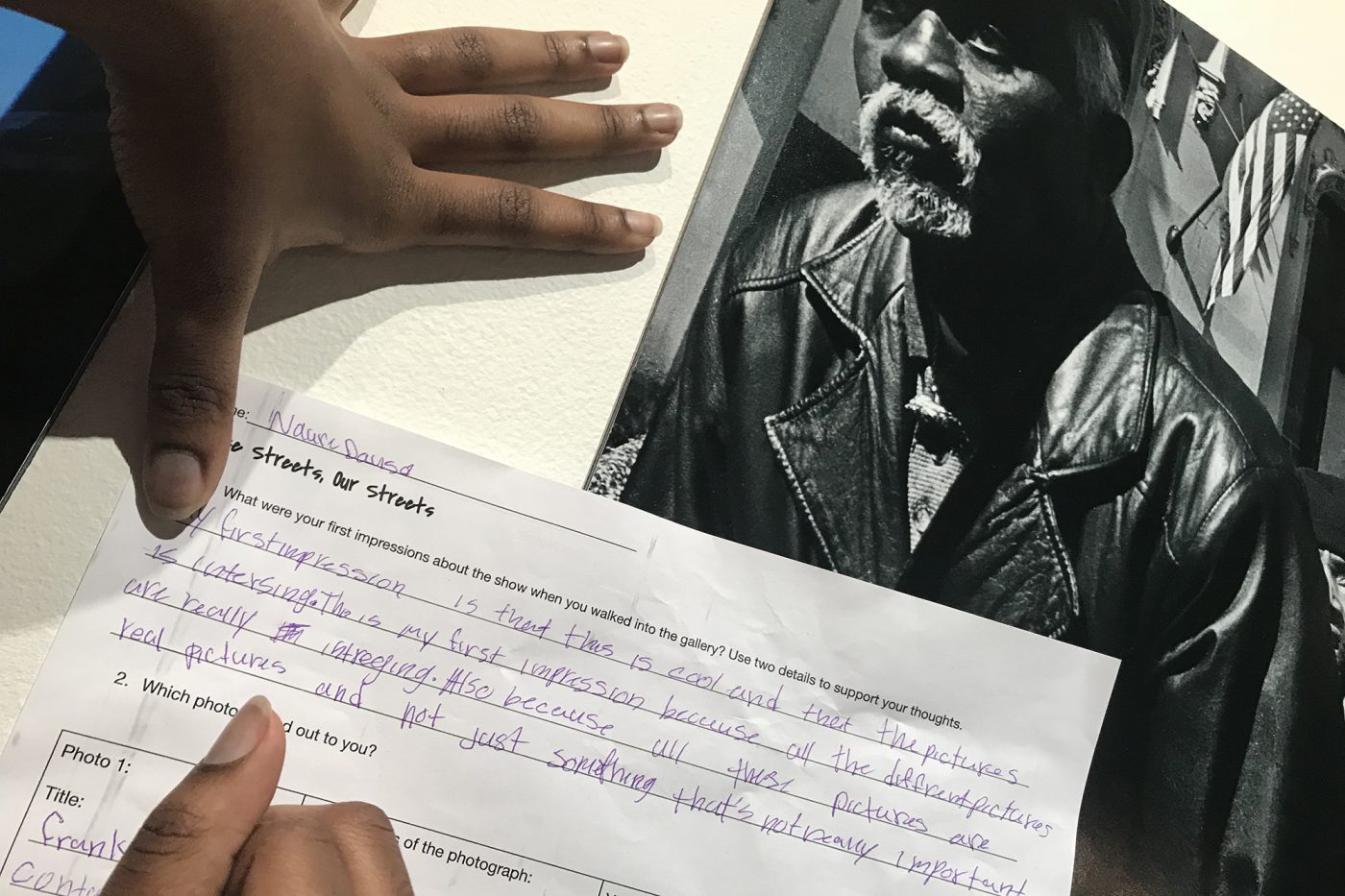
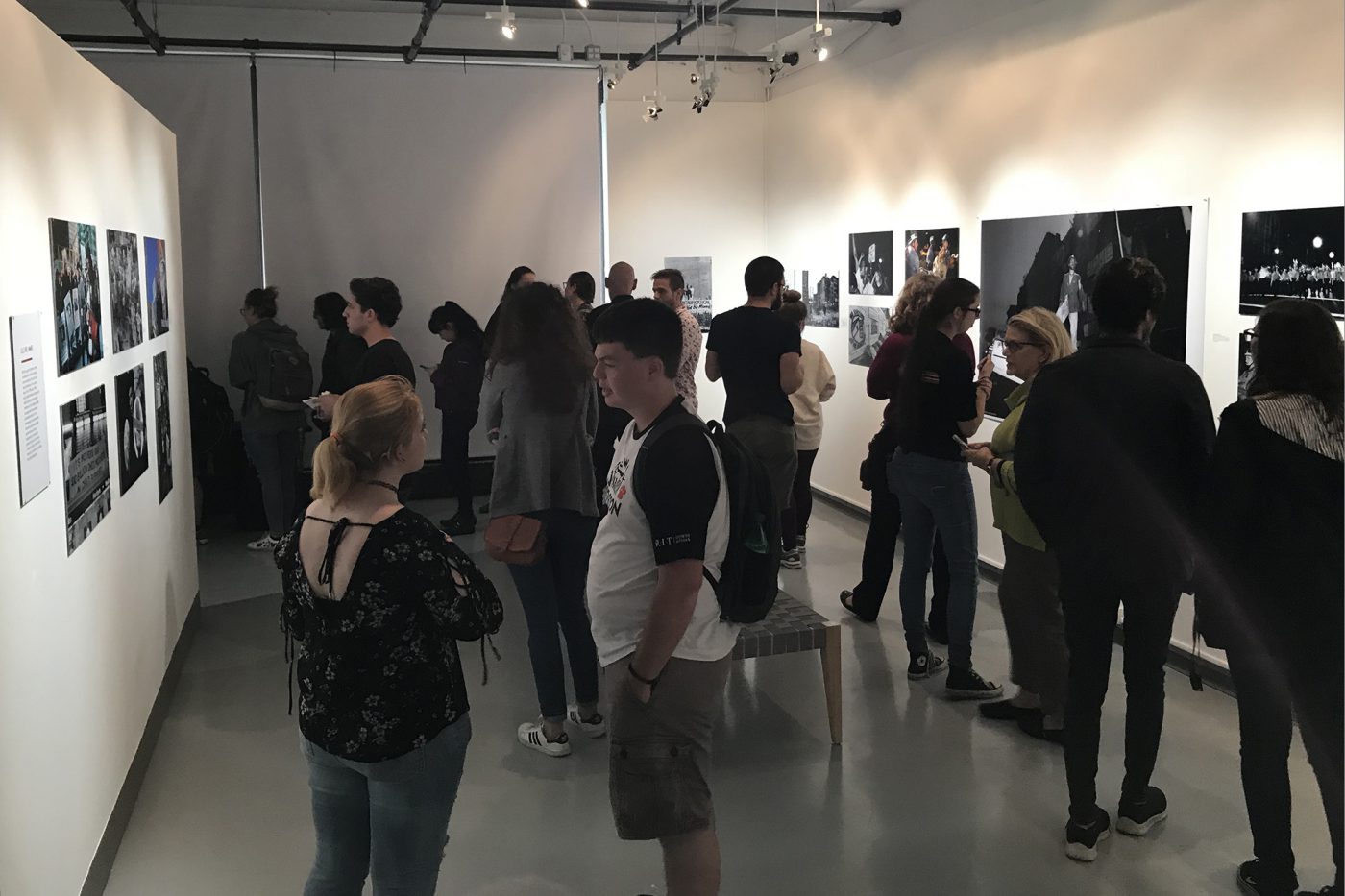
Gallery Q – Rochester, NY (2018)
Coinciding with the show at the William Harris Gallery at RIT, I co-curated an exhibition of images from the show focused on issues of Queer Identity and AIDS. Carolina Kroon, one of the participating photographers who covered the Lesbian Avengers, gave an opening lecture at the show and then held a workshop the next day with teenage photographers from Studio 678, a youth photo club from the Flower City Arts Center.
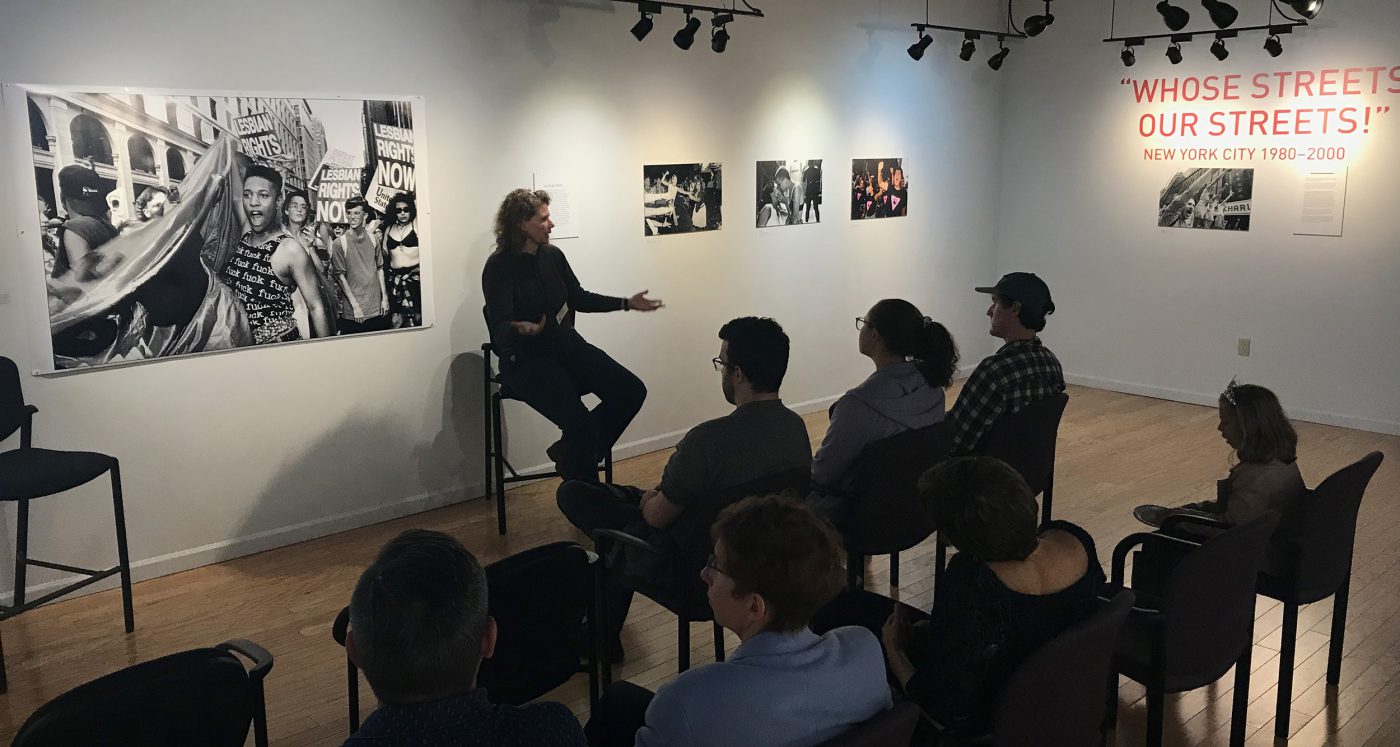
Lane Hall Gallery, University of Michigan (2019)
A selection of images from the exhibition traveled to the University of Michigan for a show focused on feminism, reproductive rights and queer identity.
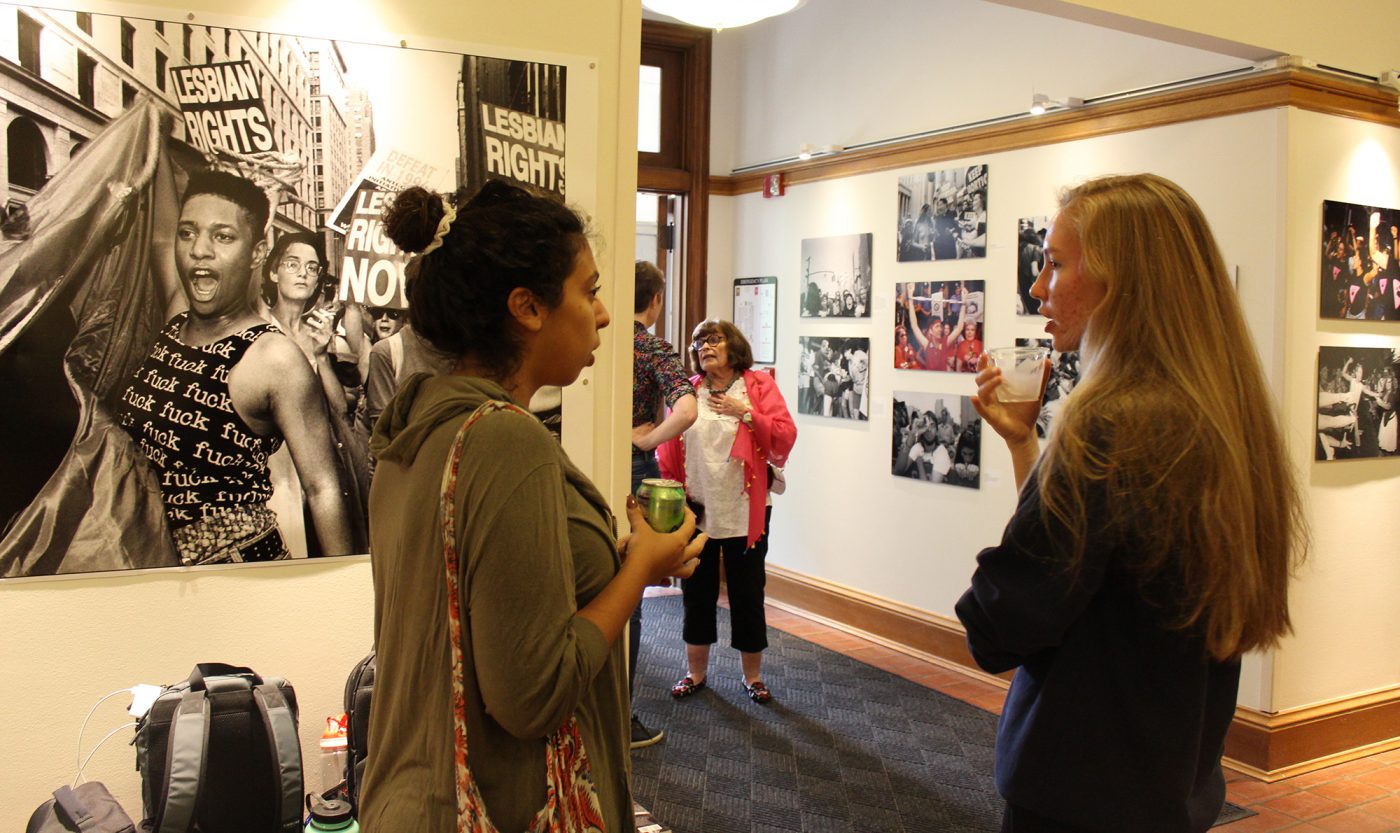
WEBSITE DESIGN & DEVELOPMENT
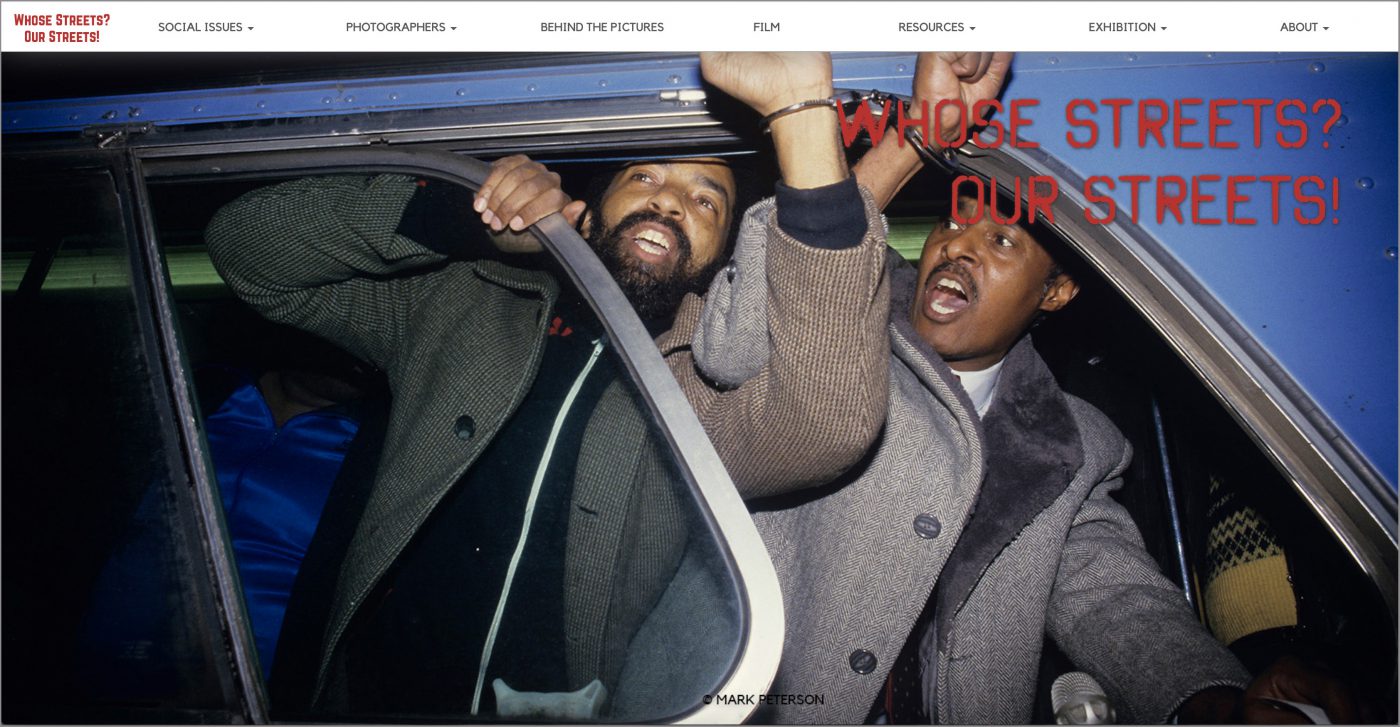
For this web project I worked closely with co-curators Meg Handler and Tamar W. Carroll who helped organize images into nine social issues. I designed, produced and developed the site, which allows users to explore the issues not only through the photographers’ images, but through edited interviews that I produced with over 15 of the photographers.
FILM INTERVIEWS, EDITING & PRODUCTION
I produced and edited this film from my interviews with over 15 of the participating photographers, cut together with still photographs made during the two decades covering the project. The film was screened at the Fringe Festival, a week-long arts and culture festival in Rochester in 2018 and as part of the Current Seen in 2019.
Occasionally, I included RIT students in parts of the reporting, including Brittainy Newman and Boris Shirman who assisted with running a second camera in some of the interviews in NYC.

EXPERIMENTAL 360° FILMMAKING
In collaboration with RIT photo science faculty who were building and testing the Facebook 360 camera, a 17-camera, 8k stereographic video camera, we decided to bring the camera to NYC to experiment shooting from the exact locations that some of the project’s images had been made 3-4 decades earlier to give audiences the opportunity to see how the scenes had changed and to imagine some of the demonstrations happening overlaid with real time experiential video.
In 2018, with three faculty colleagues and two students, we brought the heavy camera, computer and portable power to NYC to film 8 locations with spatial audio. Working closely with 3D digital design Assistant Professor Ihab Mardini, Jenn Poggi and I worked to create a prototype combining the analog photographs with 8k stereographic 360 footage. We presented our findings at the annual Frameless Symposium later that year.

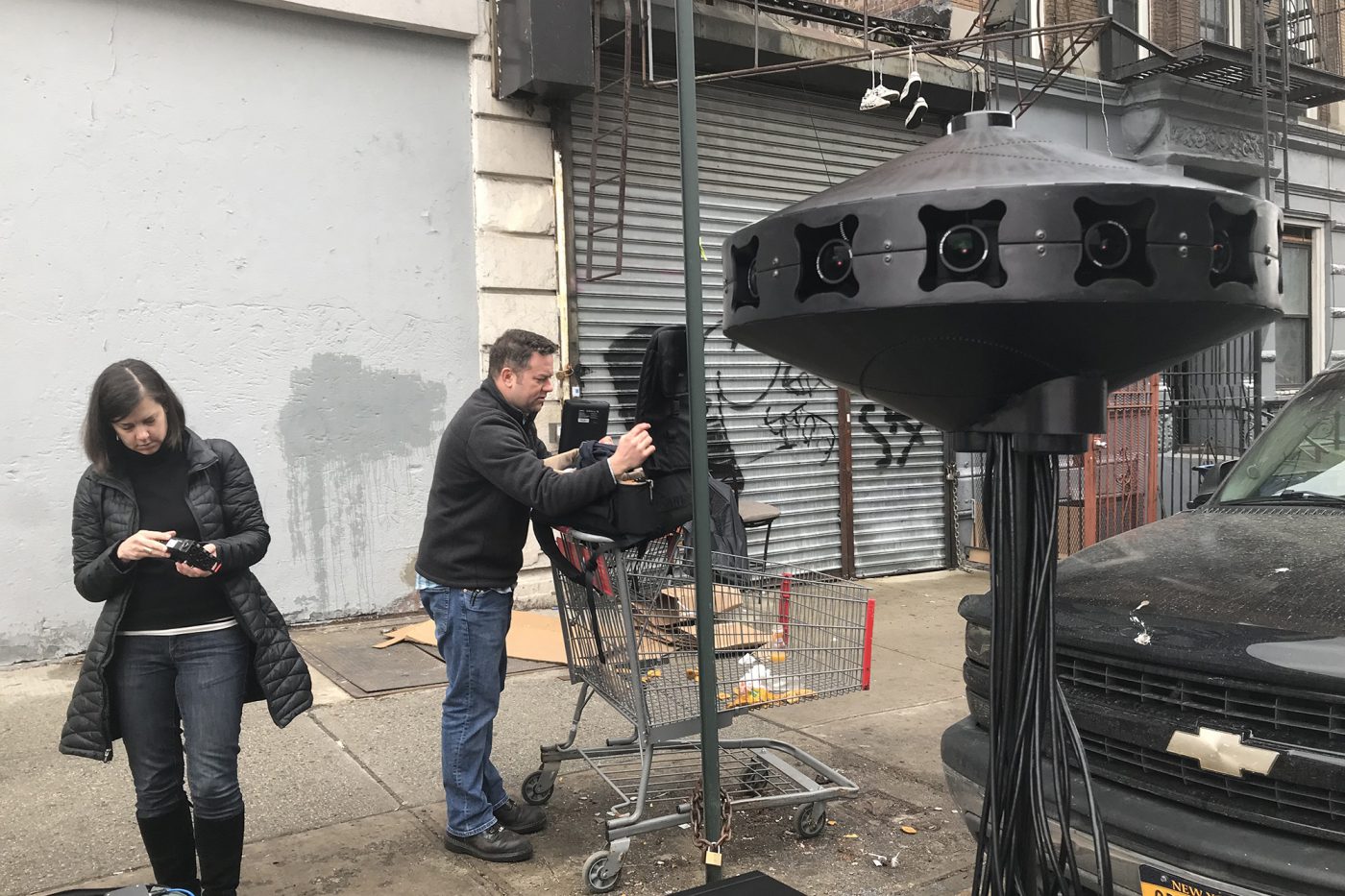
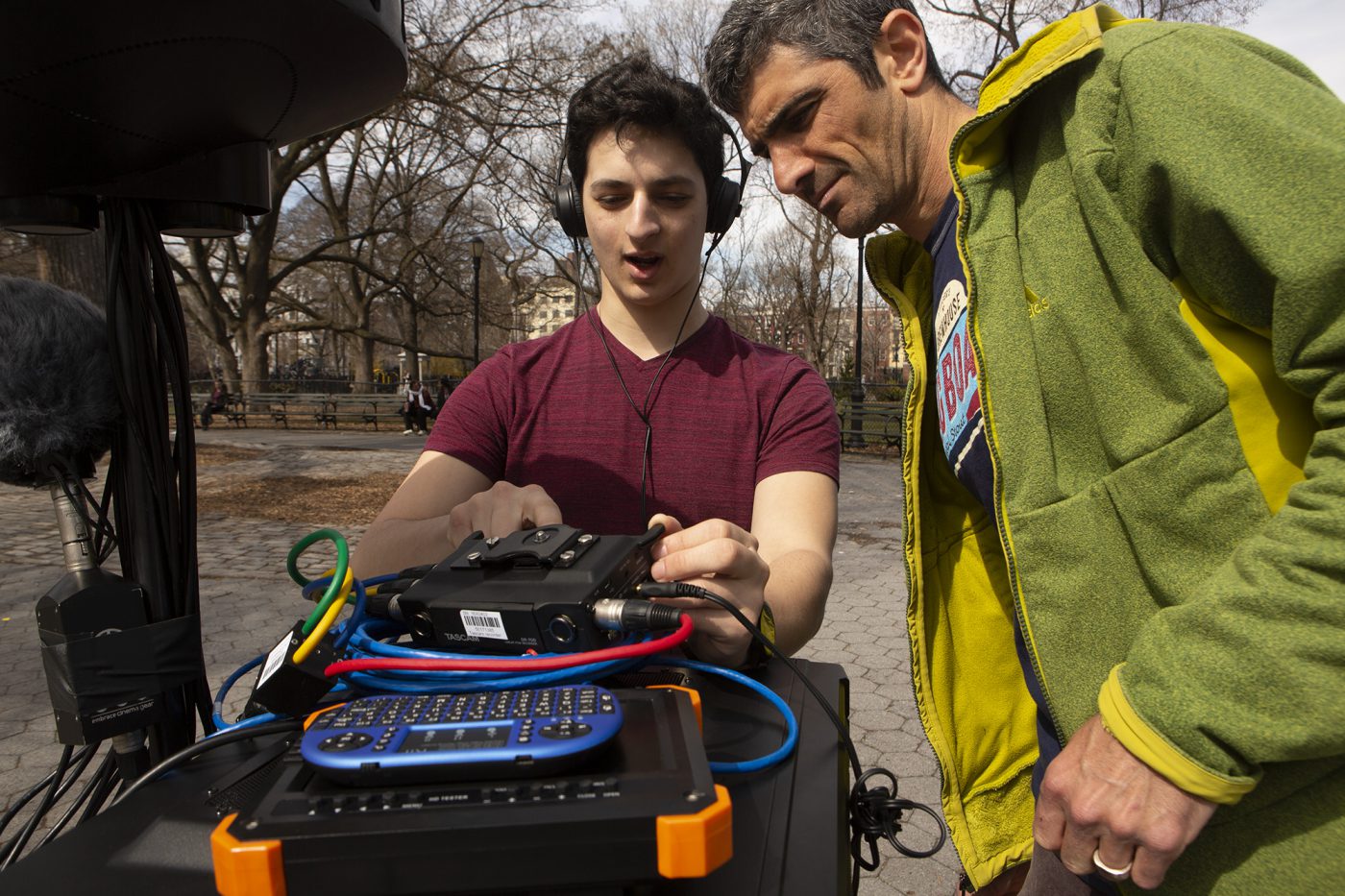

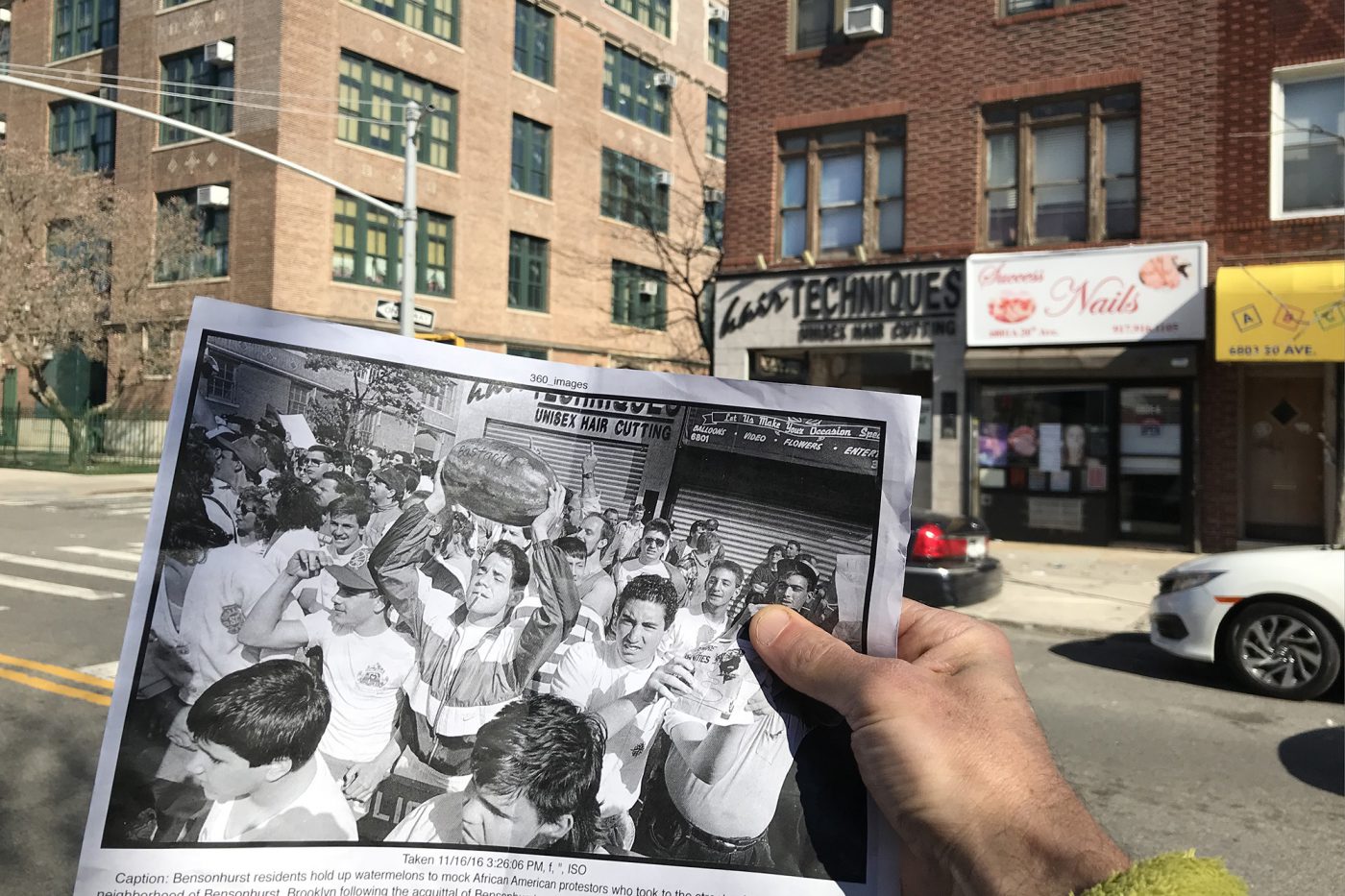
This is our first attempt to combine the analog black and white image with 360-degree video footage taken at the same location in Brooklyn that the photo was made in 1990. Use your mouse to scroll around the 360-degree scene or view on a mobile device.
ACADEMIC PRESENTATIONS
Photo History / Photo Future Conference – Rochester, NY 2018
With colleague and project co-curator Tamar W. Carroll, we presented “Whose Streets? Our Streets!” at the conference organized by RIT Press. The PhotoHistory/PhotoFuture three-day conference focuses on the presentation of original scholarship on the broad subject of photography’s history and future.
Frameless Symposium 2018
With photojournalism colleague Jenn Poggi and 3D Digital design colleague Ihab Mardini, we presented our experimental findings in combining analog photography with stereographic 360-degree video. The symposium is an interdisciplinary gathering that combines technology-focused approaches with humanities-inspired theoretical inquiry, empirical research and artistic expression.
ACADEMIC WRITING & CATALOG PUBLICATION
The Conversation – October 23, 2018
Co-authored with RIT Historian Tamar Carroll
This article highlights the prominent role that the Village Voice played in the 1980s and 1990s covering street protests, demonstrations and issues of social justice through documentary photography. The Voice, which closed in August 2018, was one of the publications that featured work by “Whose Streets? Our Streets!” participating photographers.
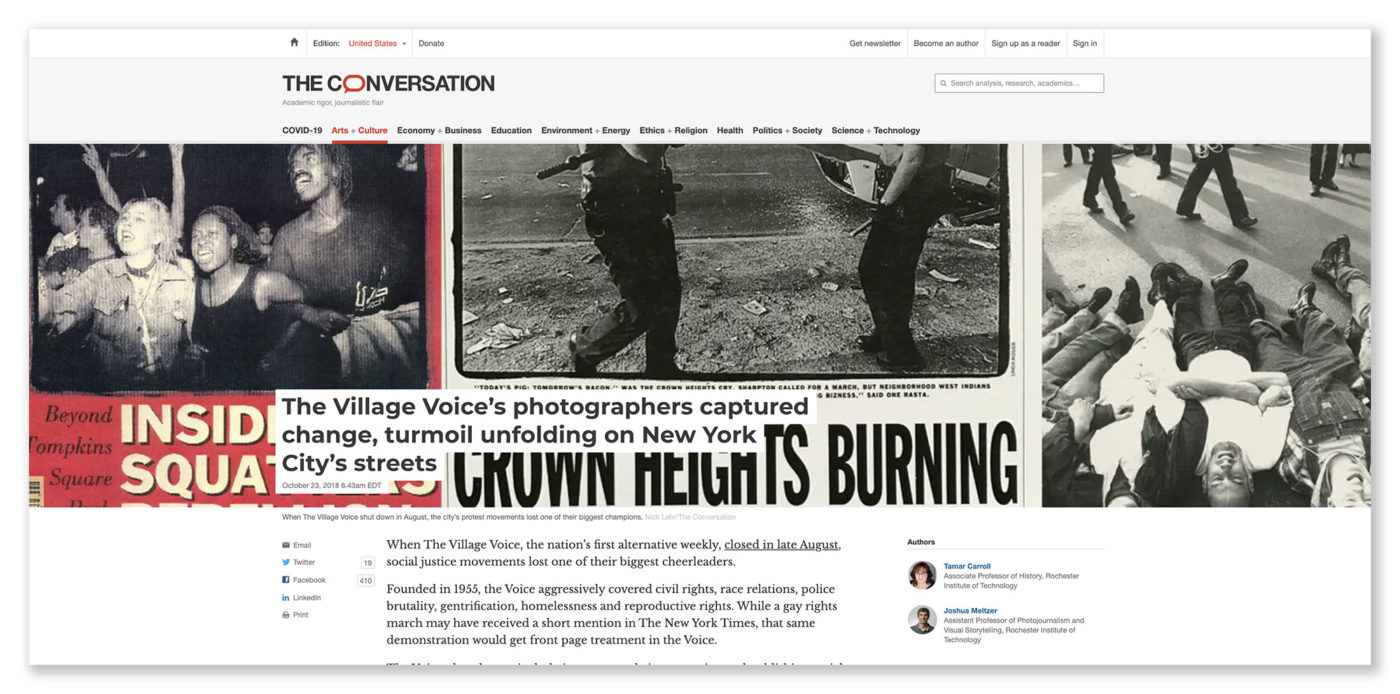
RIT Press Catalog publication
Published August 2018
I am a co-curator of the catalog of the work of the 38 participating photographers in the project by RIT Press. The book features essays, bios and photos of each of the photographers in the show.
